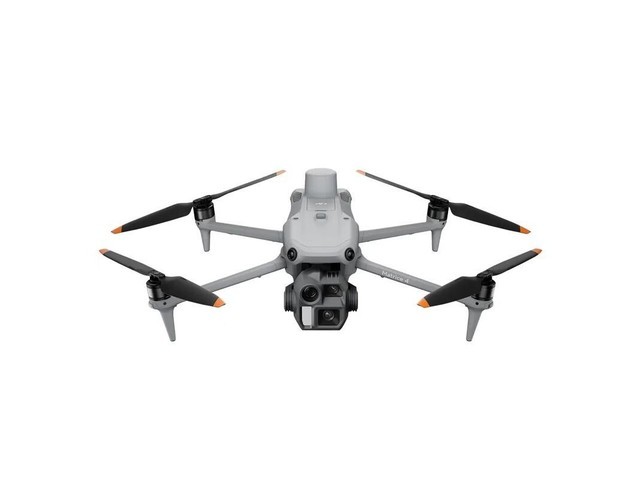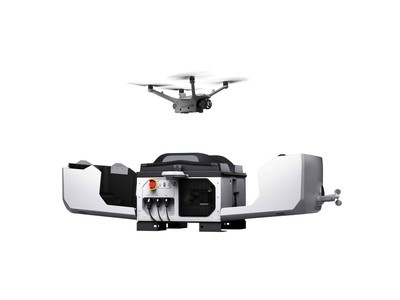Racing drones have transformed the competitive flying landscape, offering speed and maneuverability like never before. To truly master the skies, optimizing racing drone performance is essential. This guide will explore various techniques to enhance your racing drone’s capabilities.
Understanding Racing Drone Dynamics
Before diving into optimization, it’s crucial to understand the basic dynamics of a racing drone. These drones are built for speed, featuring aerodynamic designs and powerful motors. The interplay between these components determines how swiftly and smoothly it can navigate through courses.
Choosing the Right Components
Component selection is key to racing drone performance. The motors , ESCs, and props all play vital roles. Opt for high-performance motors that offer the best thrust-to-weight ratios. Lightweight materials should be prioritized to reduce overall mass, enhancing speed and agility.
, ESCs, and props all play vital roles. Opt for high-performance motors that offer the best thrust-to-weight ratios. Lightweight materials should be prioritized to reduce overall mass, enhancing speed and agility.
Tuning and Calibration
Drone tuning involves adjusting various parameters to achieve desired performance. Use software tools to calibrate your flight controller for better stability. Fine-tuning PID settings can significantly impact the drone’s responsiveness, ensuring smooth flight paths and rapid directional changes.
Battery Efficiency and Management
Efficient battery management directly influences flight time and power delivery. Opt for batteries with higher C ratings to ensure they can deliver the necessary current swiftly. Regularly check battery health and maintain optimal charge levels to prevent unexpected power drops mid-race.
Flight Practice and Simulation

Practice makes perfect; hence, regularly flying in varied conditions helps understand your drone’s limits. Utilize flight simulators to enhance skills without risking damage to the real drone. Simulators can replicate racing scenarios, offering an excellent avenue to test new configurations safely.
Advanced GPS Utilization
Integrating advanced GPS systems can aid in precise navigation, even in challenging environments. GPS systems provide real-time location tracking, enabling strategic adjustments during races. Although not always allowed in competitive racing, they are great for practice sessions.

Regular Maintenance Checks
Routine maintenance is vital to droning success. Perform regular checks on mechanical and electrical components to ensure everything operates smoothly. Replacing worn-out parts prevents performance degradation, thereby enhancing reliability in races.
Common FAQs
- What is the best way to enhance a racing drone’s speed?
- Improving speed entails optimizing motor and propeller choices, ensuring they provide maximum thrust with minimal drag, alongside lightweight frames.
- How can response time be improved?
- Response time can be improved through precise PID tuning, which helps in achieving quicker reaction times to pilot inputs.
- Can weather conditions affect drone racing?
- Yes, weather can significantly impact racing performance. Wind can alter flight stability, while rain might affect electronic components, necessitating weatherproofing strategies.
